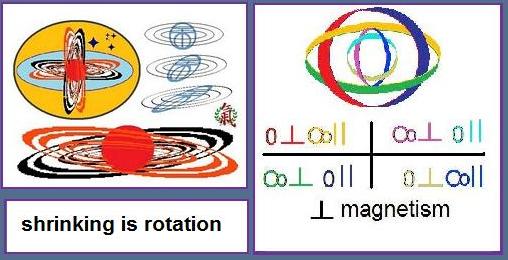
Golden Section Puzzle Design
Among other things like several poems not posted around the 6th I looked further into the irrational ratios. For example the old puzzle I made called butter much along the lines of a series of Fibonaccis of stacked golden rectangles only in three space. In the 64 to 65 puzzle the missing square is a rather thin diamond so one of the squares does not vanish- yet what is concrete in this abstraction called number and with such conceptual cracks in the grid what is underneath it all as a continuum anyway unless it a transcendental possibility or freedom in design?
* * *
In the blog The Reference Frame an article called New particle masses in heterotic orbifolds I hope this sort of thing can be seen related to my posts here and on the philosophychatforum (I think it is rather much a blog itself and not what some of our efforts are here as an exploration of science in itself) but so many of my diagrams are not accessible on that forum now. In particular my quasic explanation of the particle generations which I suspect goes a little deeper than this article of guage and string theory, recall I adopted the E8 view early on as exotic groups when reviewing the partition methods of Dr. Seal's phd project on string theory.
* * *
For those few that come here who want to do certain projects with me- note that I am also trying to relate this to certain notations and ways to utilize the pixels for things like click maps in the better balance of finite and wider design. In particular for the A360 model camera I want to find the resolution (I think that of 2448 x 3264 will be best for that its highest resolution. On first blush I want to use the ration 289 and 434 Fibonacci numbers each adding one to it and multiplying by 6 for the 1 to 1.5 ratio or 1740 to 2610 which allows factors each squared of 2, 3, 5, and 29. Of course the choice of 5 is for a quasic grid to make the location of the pixels easier to find. But I have a lot to do yet with this sort of discrete pixel concerns- here where 6vartheta squared plus seven vartheta plus two where vartheta can have a Fibonacci value approaches the traditional 2 to 3 ratio of the third confederate (and other flags where there is a struggle with proportions) flag for example 5167/7754 of the 18 Fibonacci number. Vartheta is my symbol for phi or tau where we may insert discrete numbers from some series.
In a sense the same problem of Pythagoras in analyzing music is there- the coincidence of the 12th and 19th roots close in any extended music scales wherein maybe the third flag would be left because of this tradition of our Western music limited to all but flirting with the sevenths.
* * *


No comments:
Post a Comment